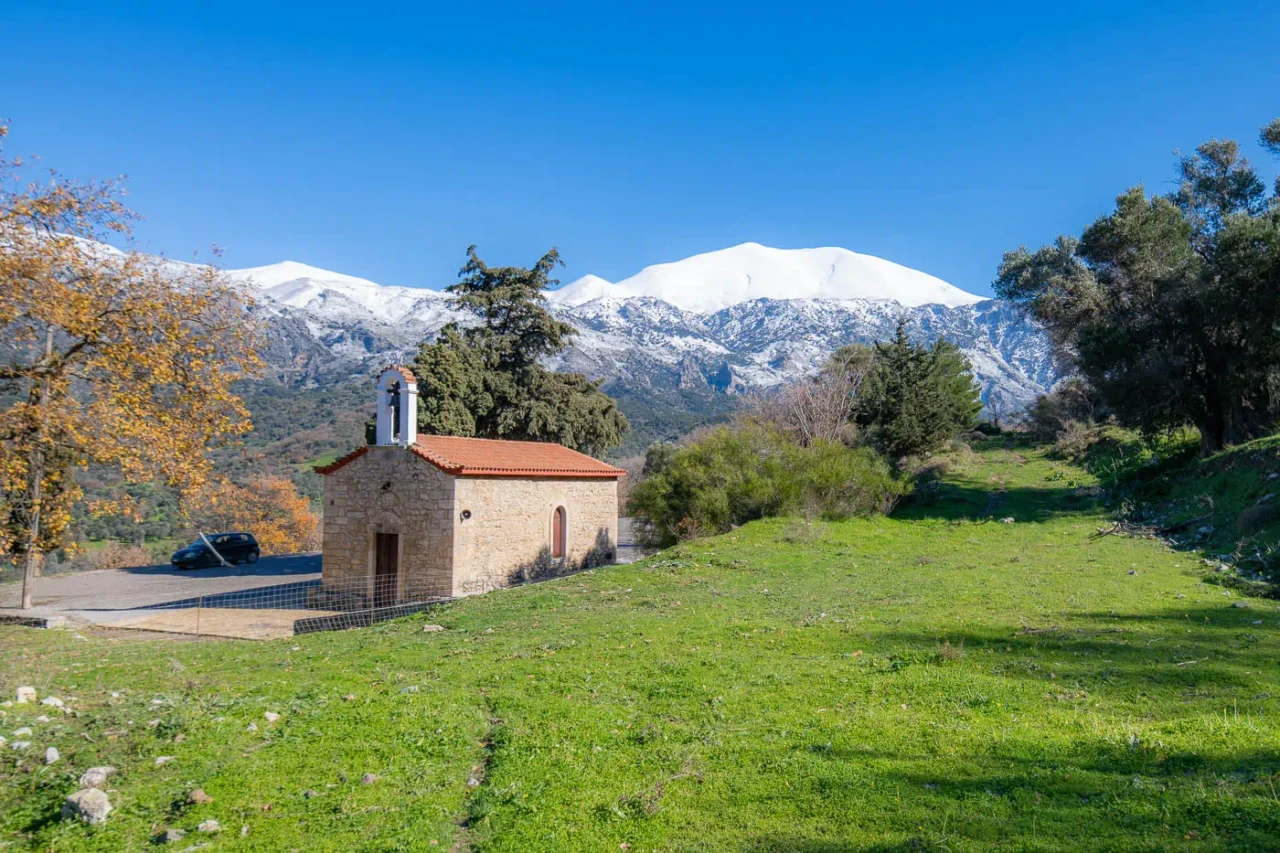
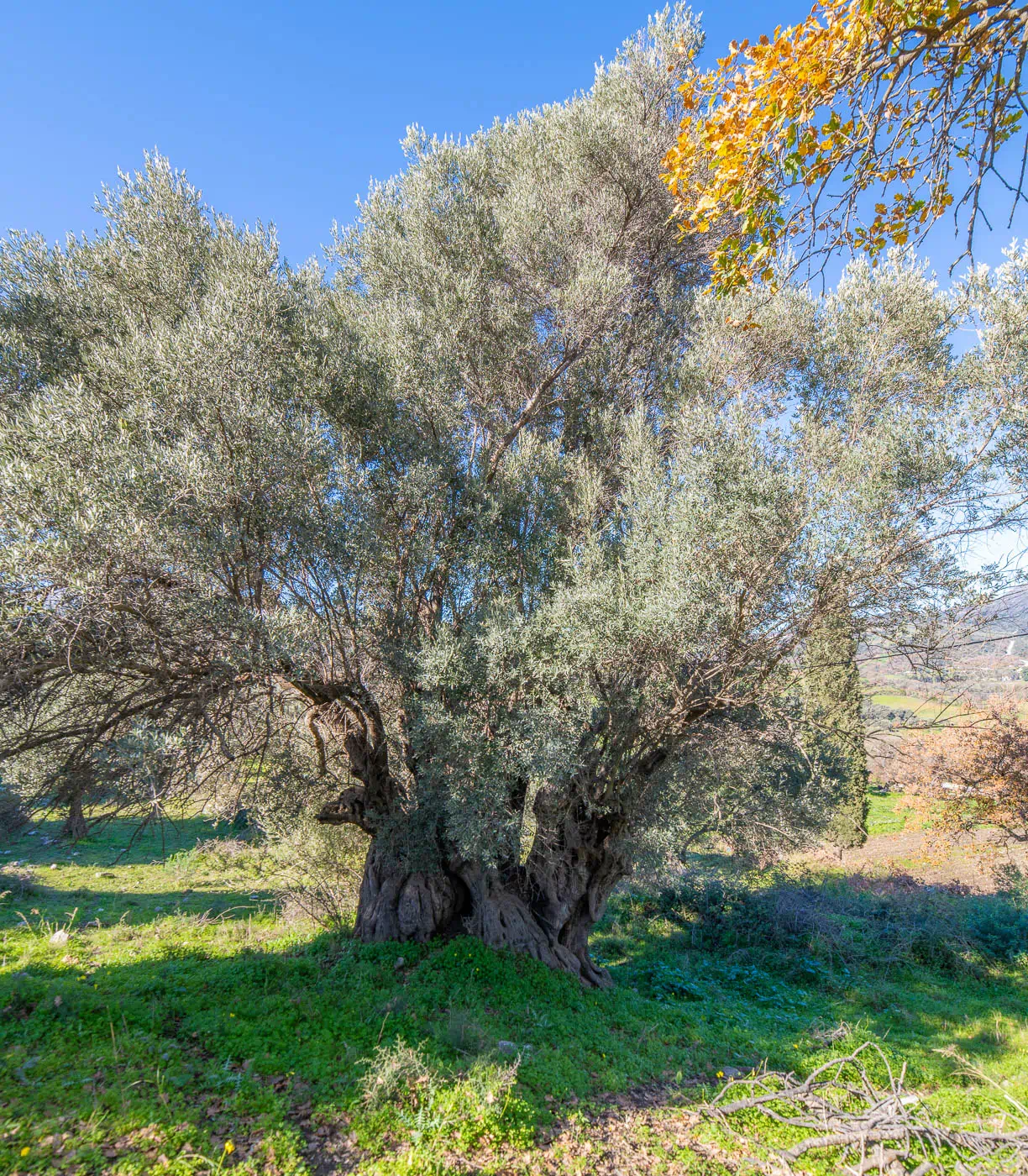
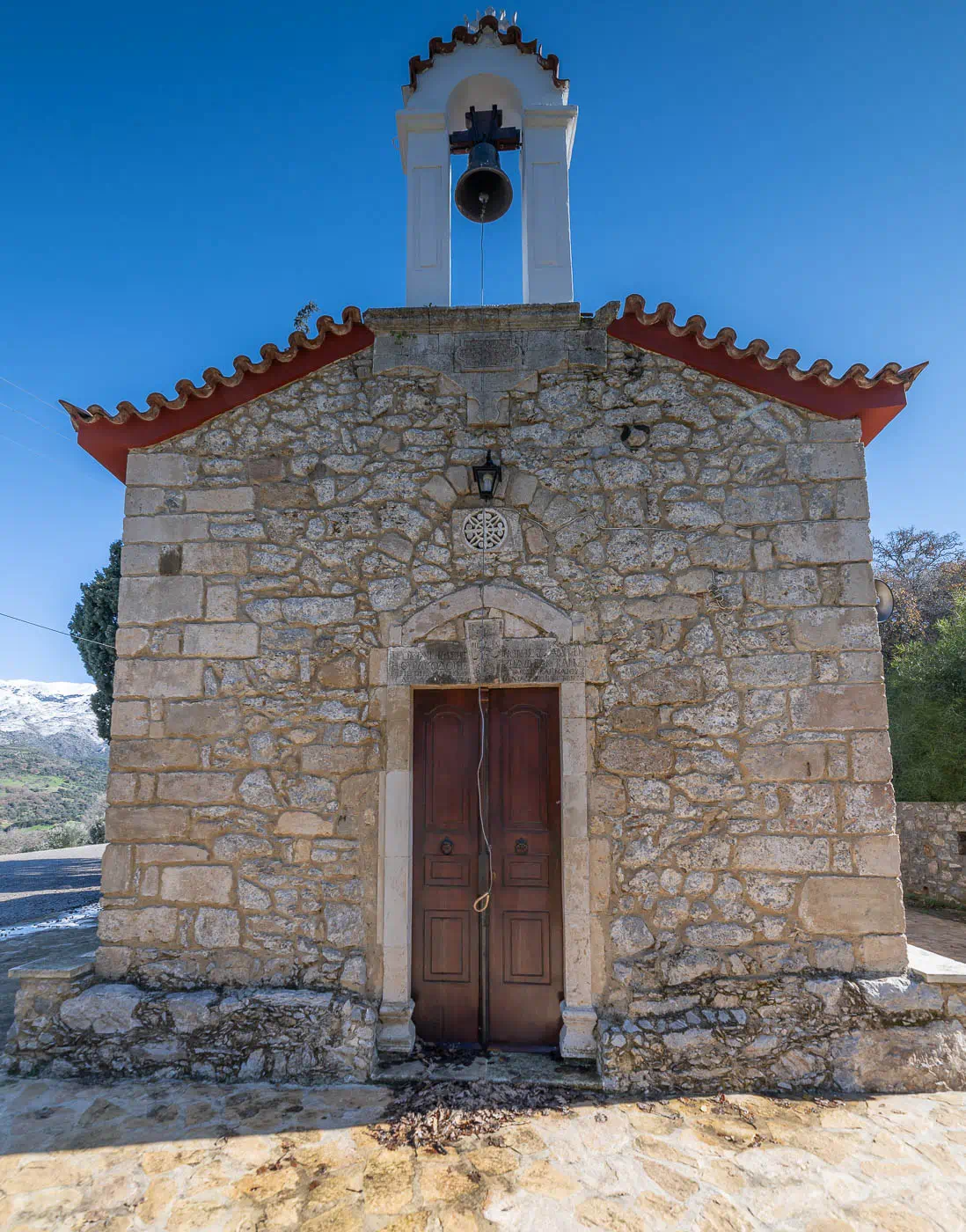
Moni Panagias Petraidas: A Byzantine Monastery in Monastiraki
Moni Panagias Petraidas, a dependency of the renowned Asomaton Monastery, stands as a testament to the rich Byzantine heritage of Crete. Located near the village of Monastiraki, the monastery has roots dating back to the 9th or 10th century, a period of flourishing monasticism on the island.
Architectural and Historical Significance
The current church of Panagia Petraidas is believed to have been constructed on the ruins of an older temple, suggesting a continuous religious presence at the site. The monastery complex once included monks’ cells, remnants of which can still be seen today. The monastery’s architecture reflects the Byzantine style prevalent in Crete during that era.
Throughout its history, Moni Panagias Petraidas played a vital role in the religious and cultural life of the region. The monastery served as a center of spiritual practice and learning, attracting monks and pilgrims alike. It also functioned as a hub for agricultural and economic activities, contributing to the local community’s well-being.
The monastery’s historical significance is further highlighted by the presence of valuable artifacts and documents. These include religious icons, manuscripts, and inscriptions that shed light on the monastery’s past and the broader context of Byzantine Crete.
Challenges and Resilience
Like many religious institutions in Crete, Moni Panagias Petraidas faced challenges during the Ottoman occupation. In 1821, the monastery was burned down by the Turks, and the icon of Panagia (Virgin Mary) was partially damaged. However, the monastery was rebuilt in the 19th century, demonstrating the resilience of the local community and their commitment to preserving their cultural heritage.
Current Status and Preservation Efforts
Today, Moni Panagias Petraidas remains an important religious and historical site. The church, which underwent renovations in the 20th century, is open to visitors and continues to serve as a place of worship. The monastery’s surroundings offer a peaceful and scenic environment, attracting tourists and locals alike.
Efforts are underway to preserve and restore the monastery complex, including the ruins of the monks’ cells and other historical structures. These initiatives aim to safeguard the monastery’s legacy and ensure its continued contribution to the cultural landscape of Crete.
Key Information
- Construction Period: 9th-10th century (original), 16th century (reconstruction)
- Location: Near Monastiraki village, Crete, Greece
- Historical Significance: Byzantine monastery, center of religious and cultural life
- Current Status: Active church, ongoing preservation efforts













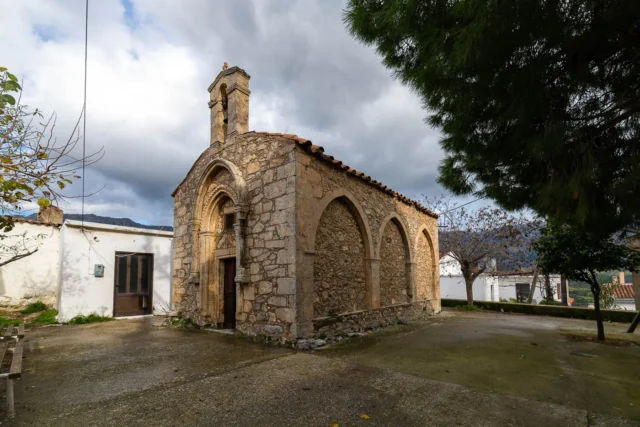
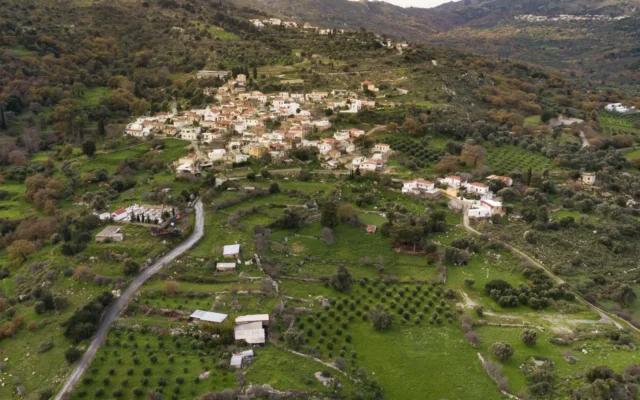

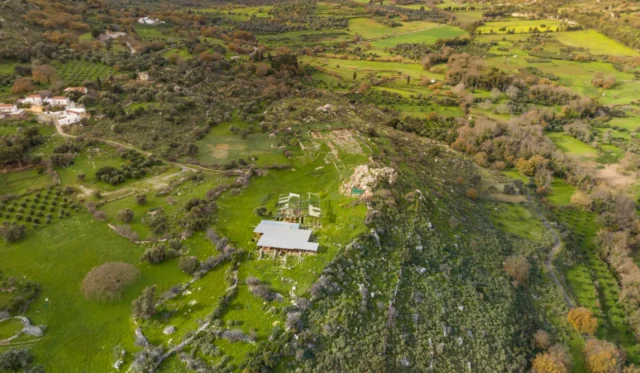

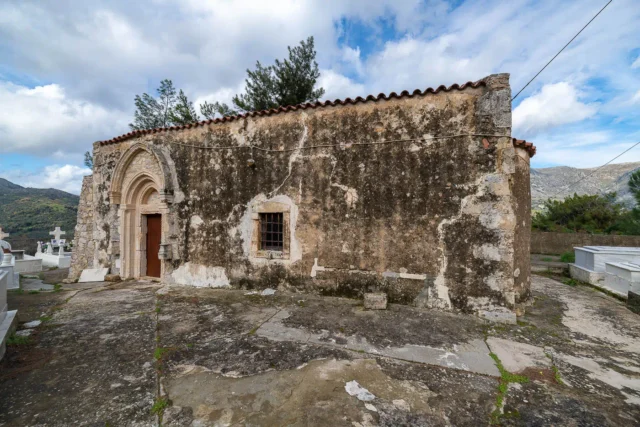
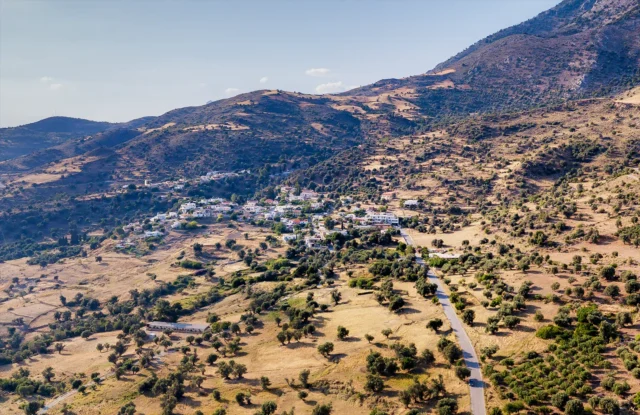

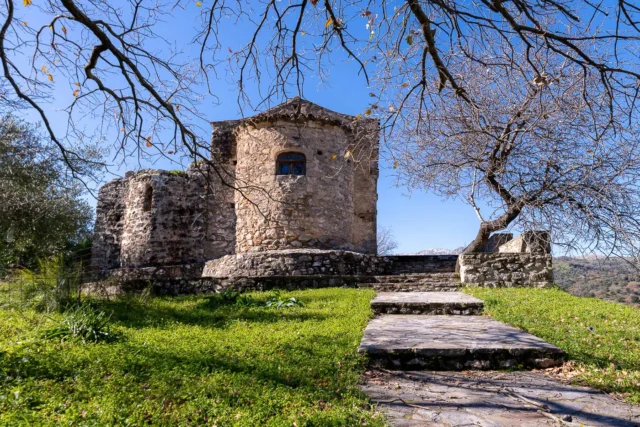
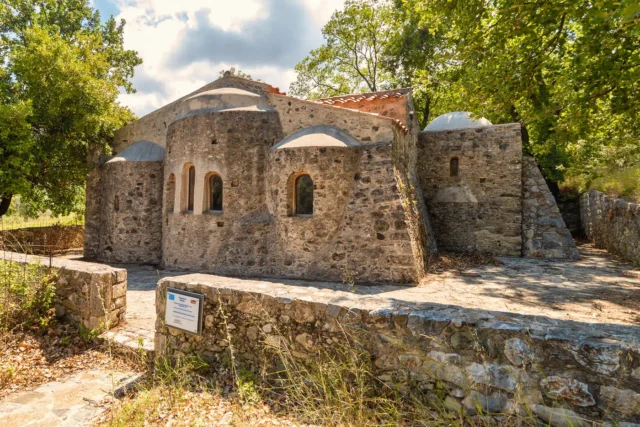

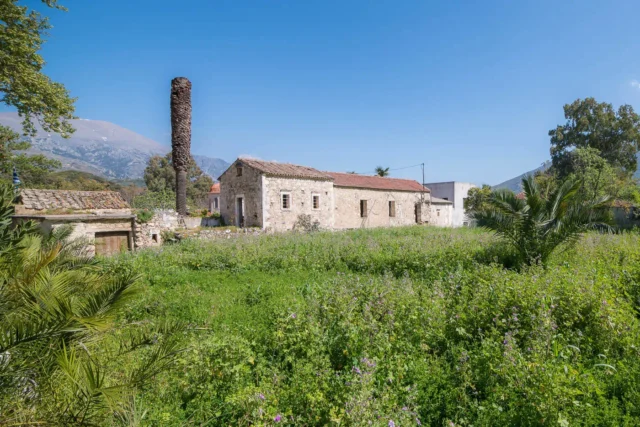
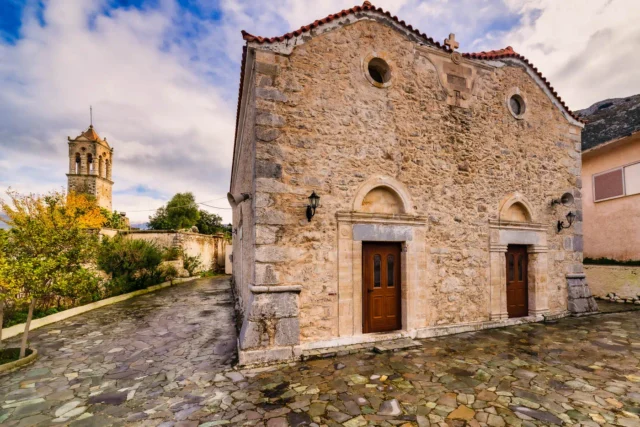
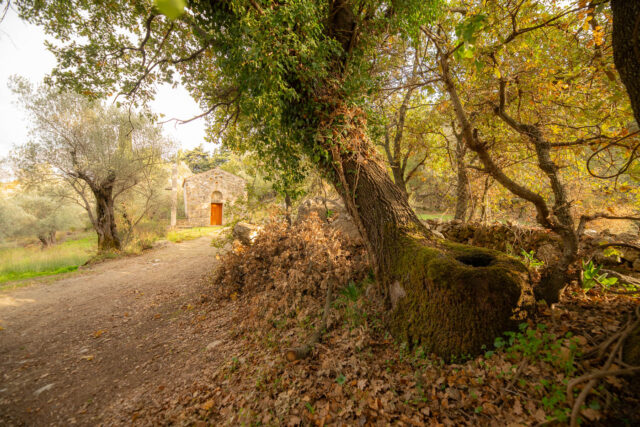

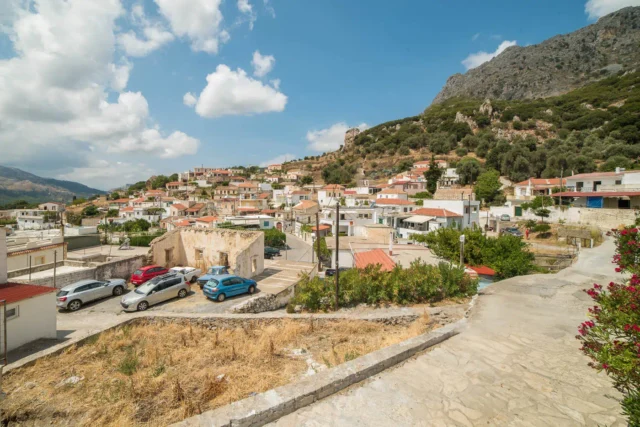

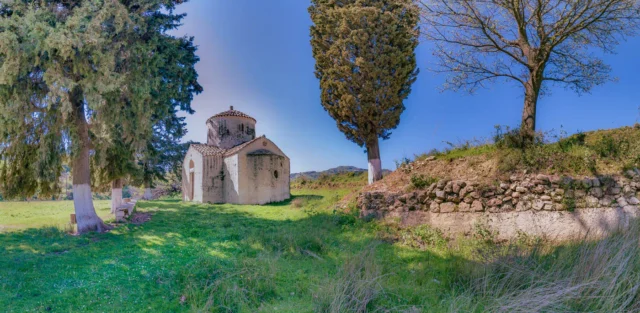

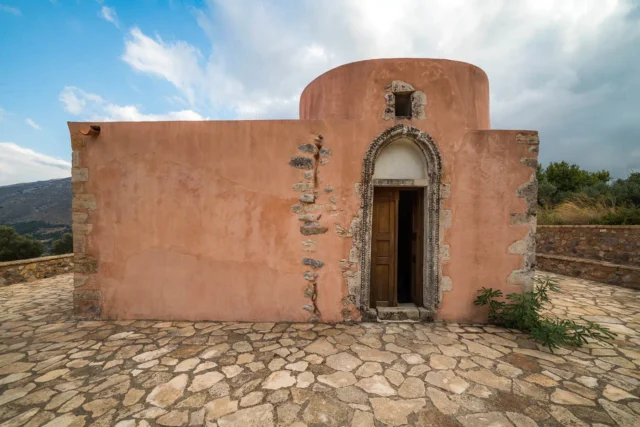
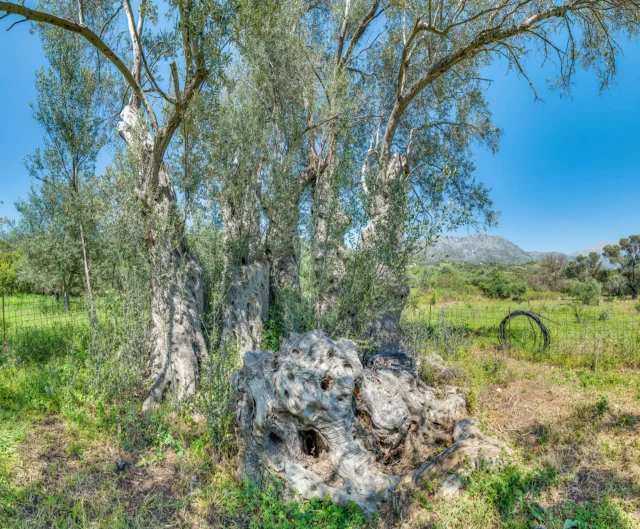
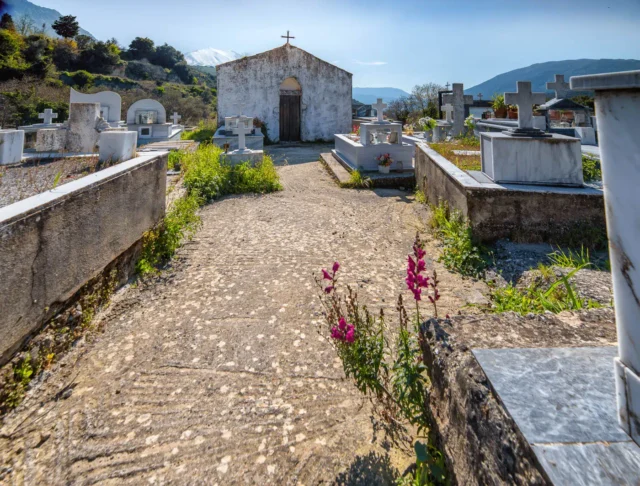


There are no comments yet.